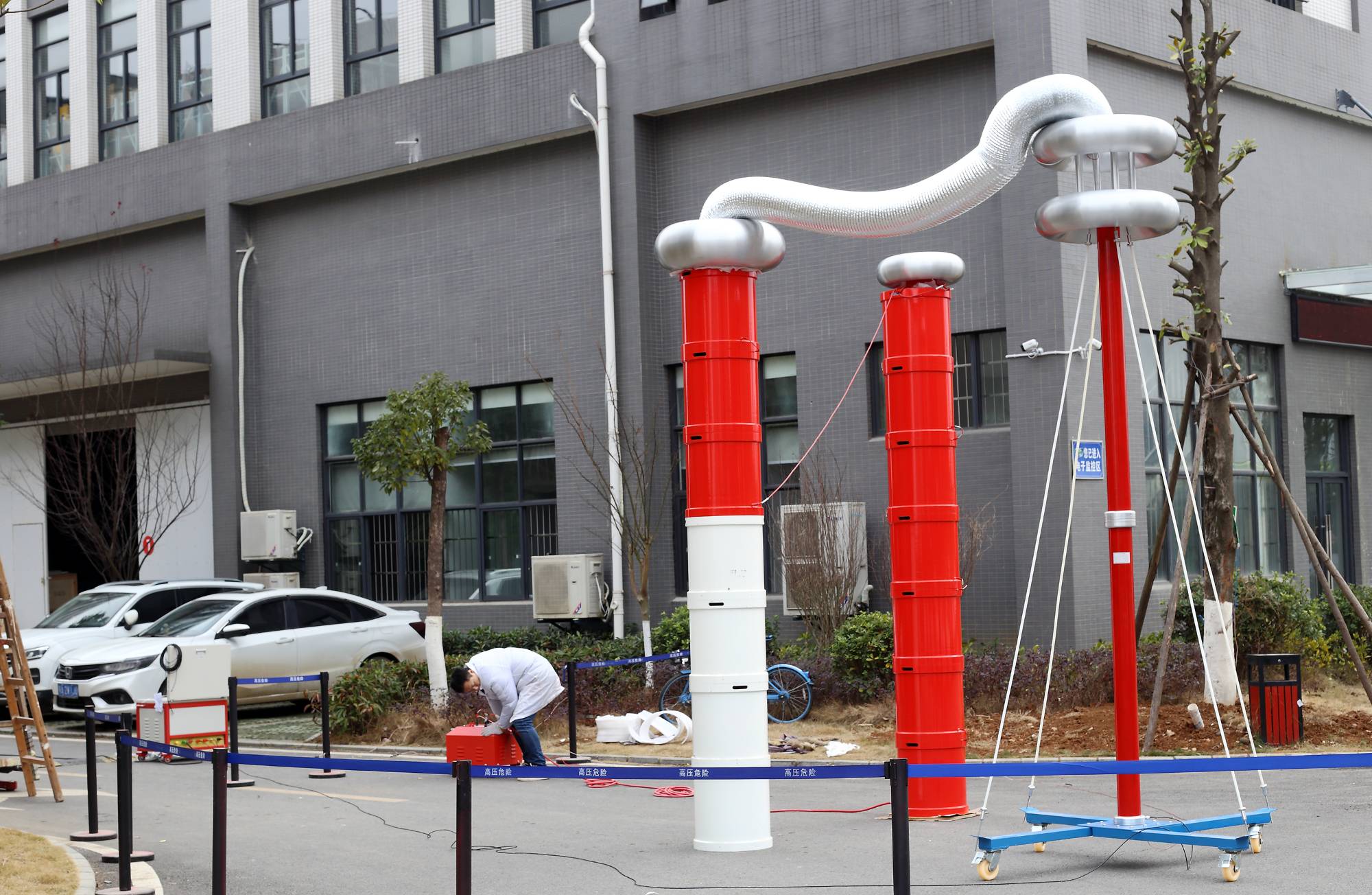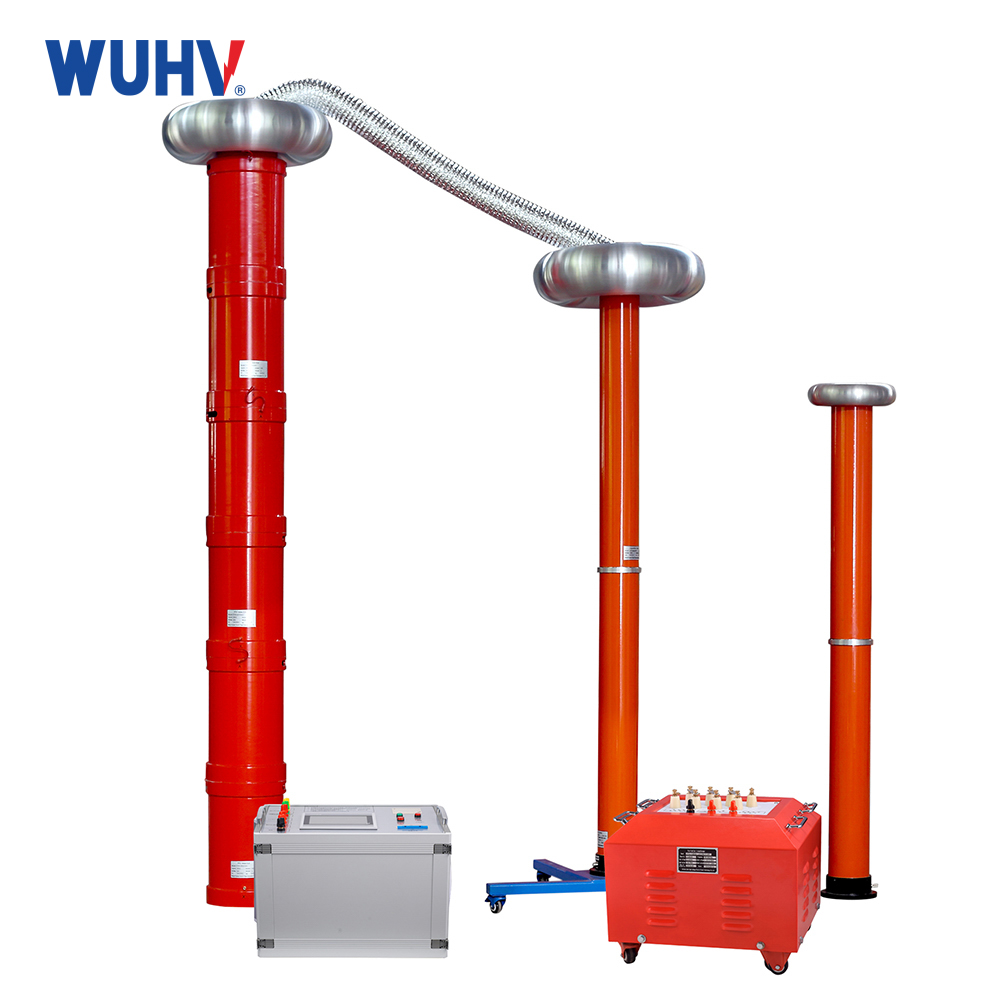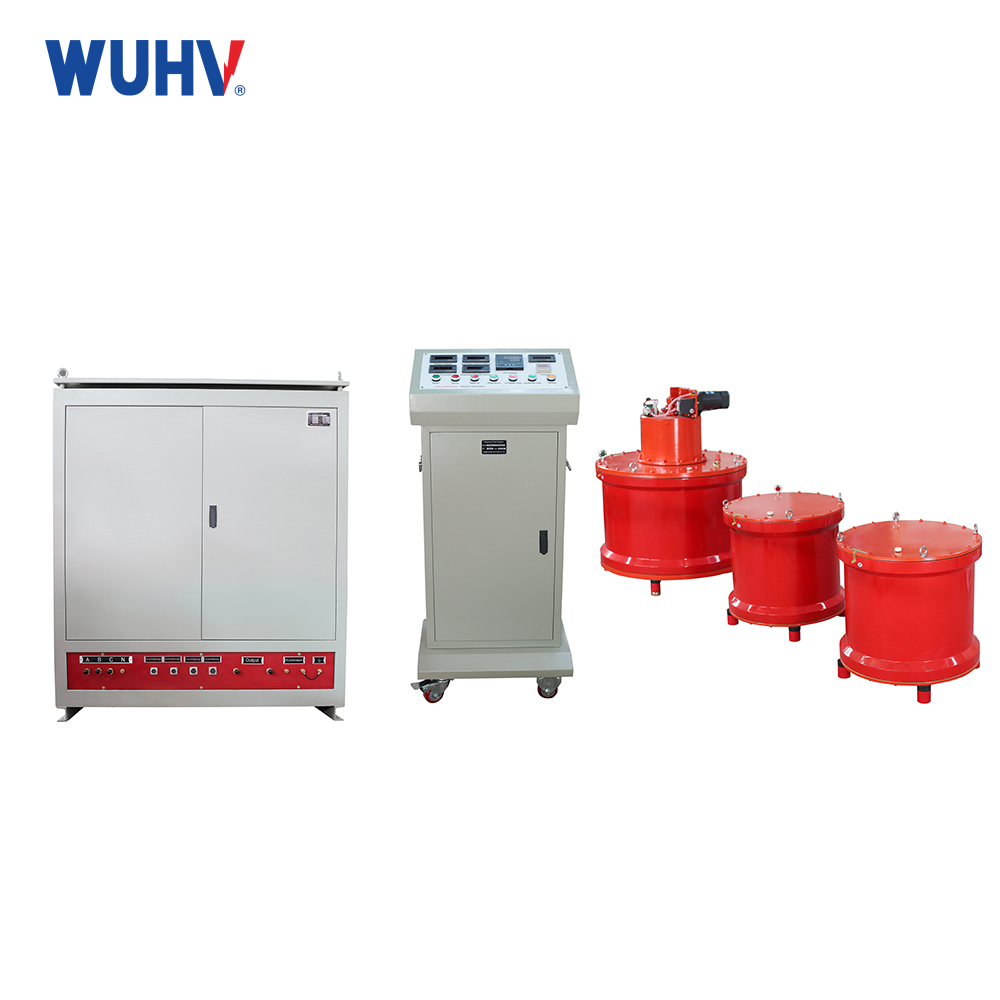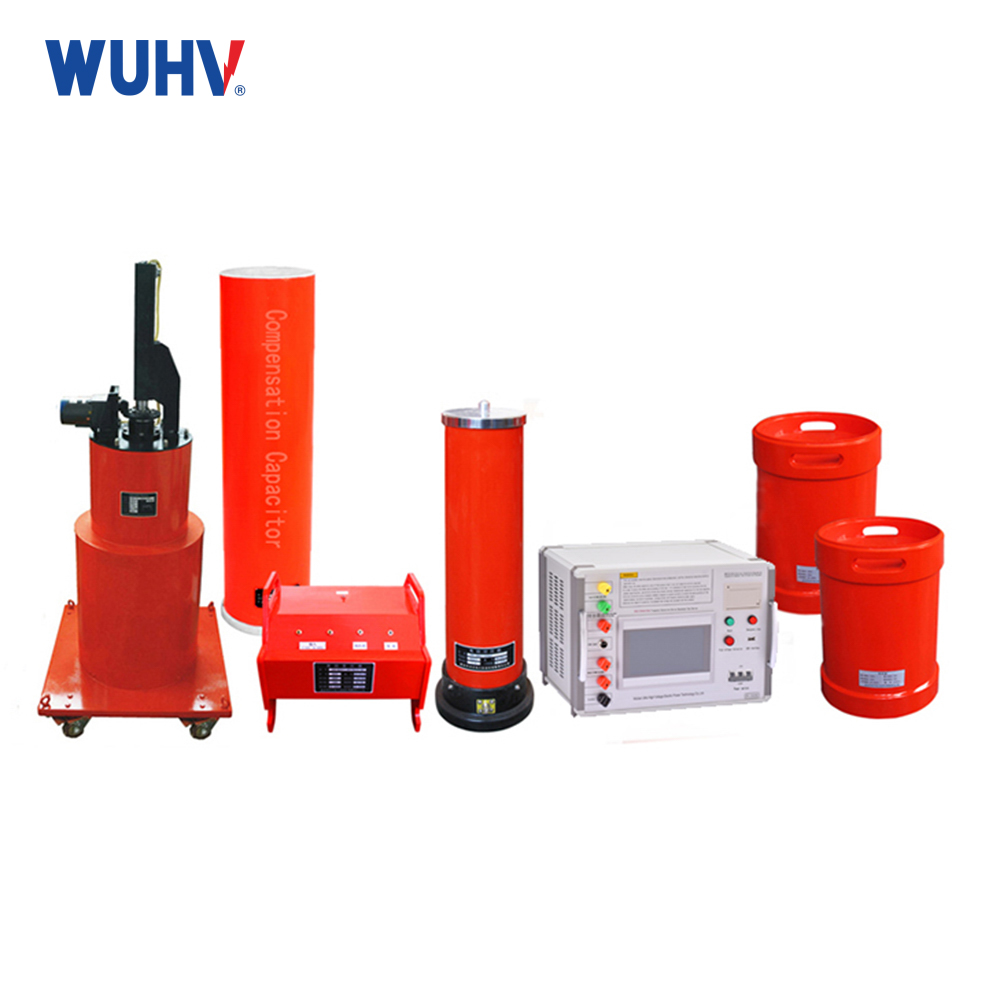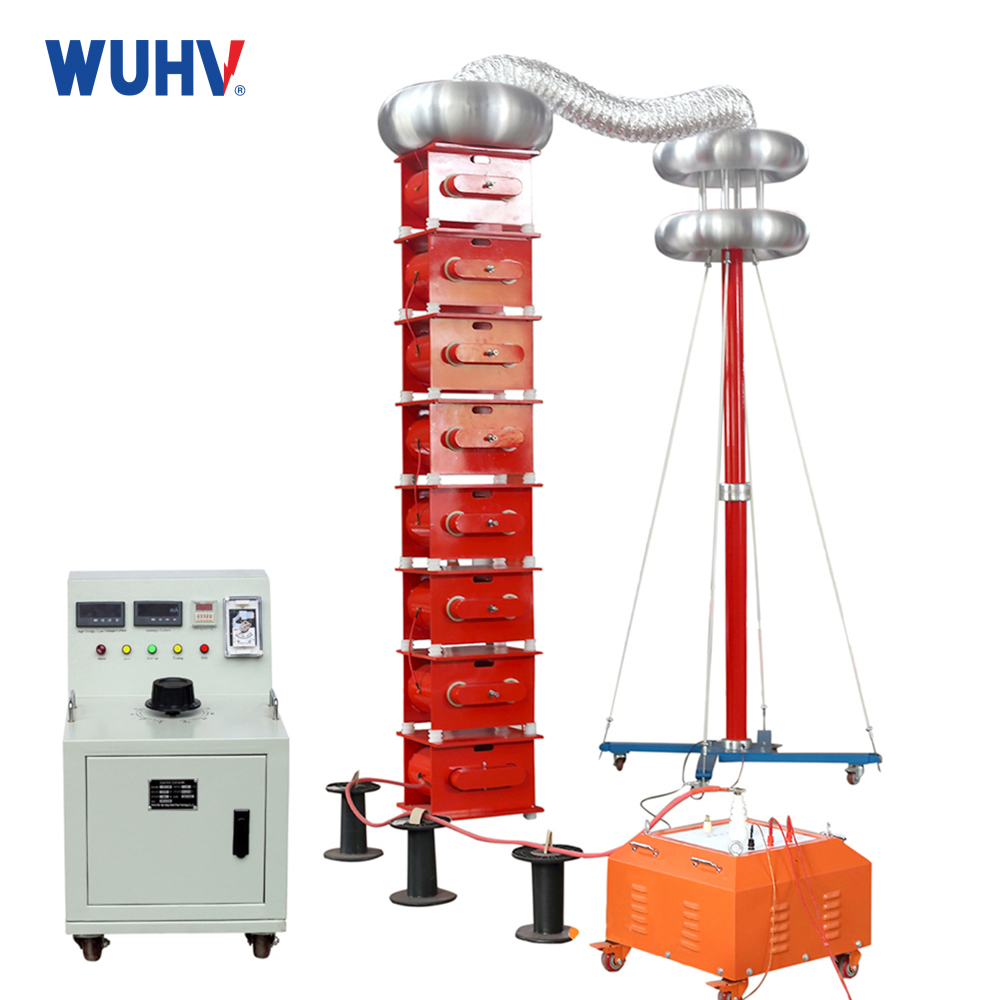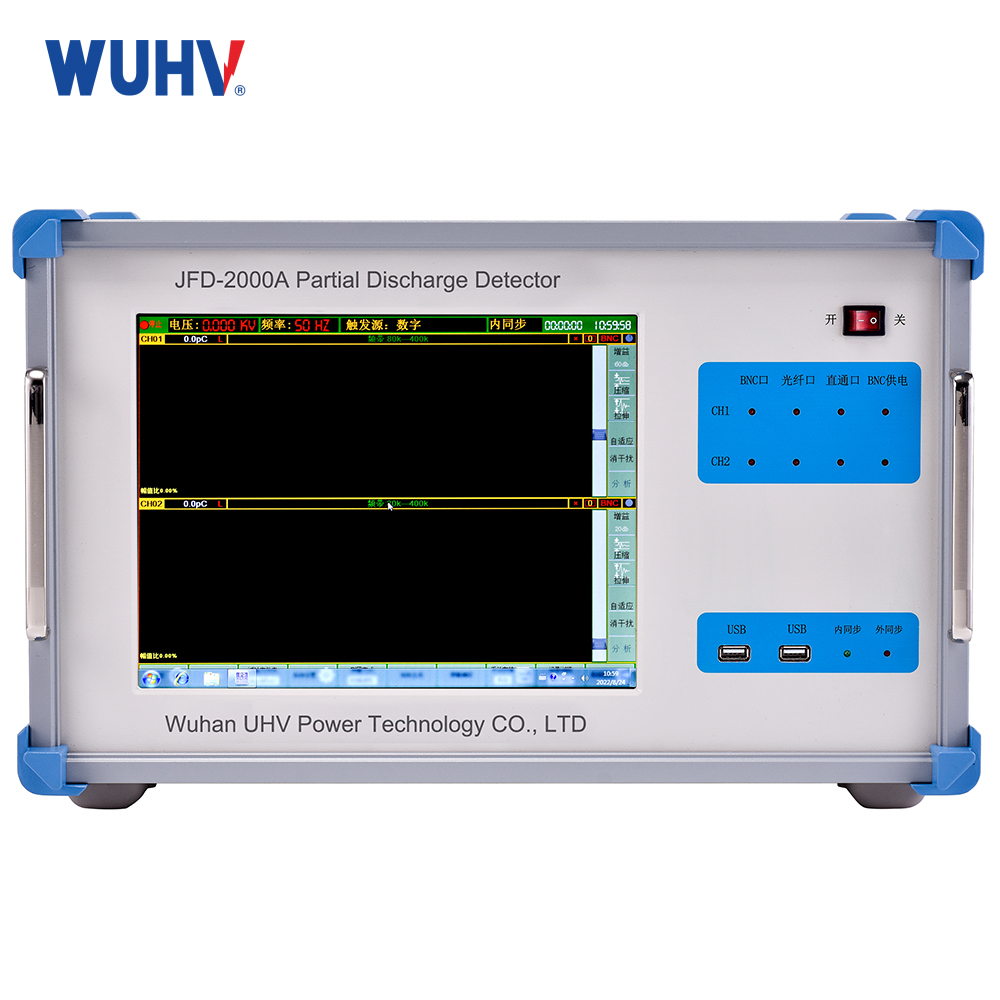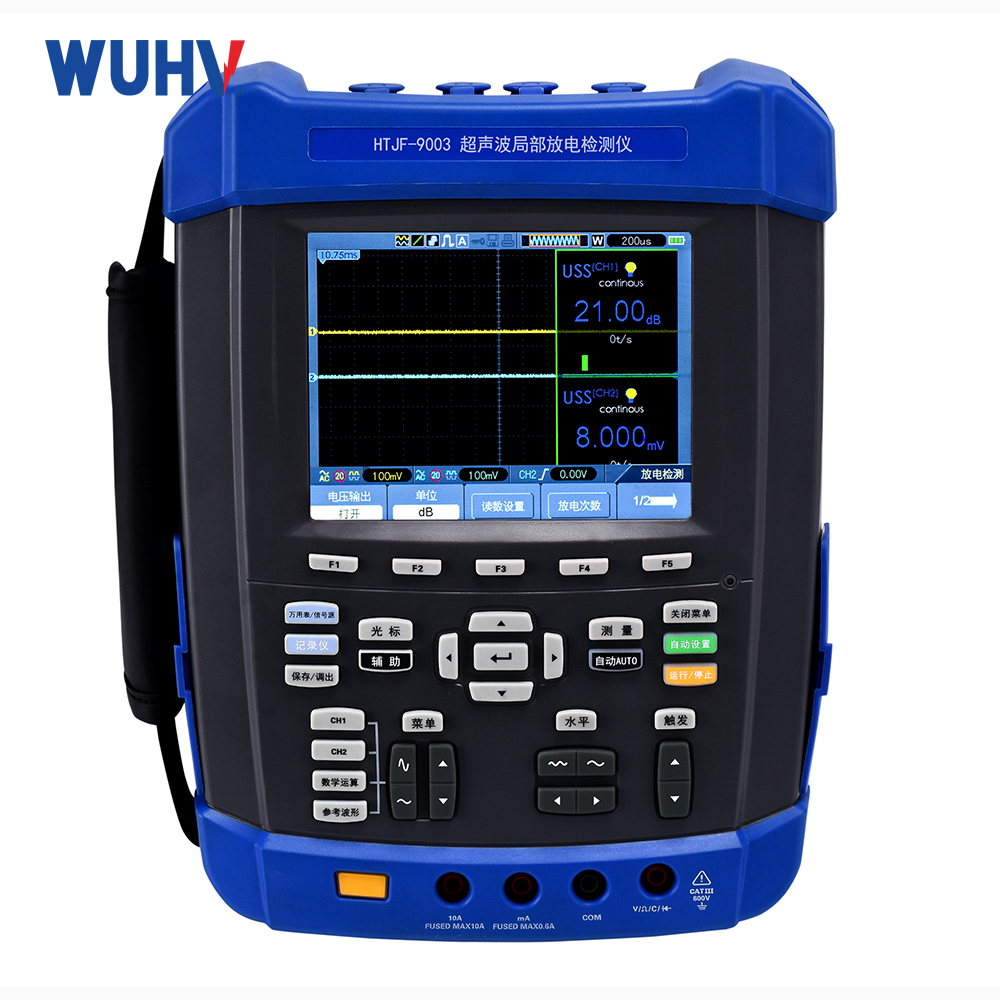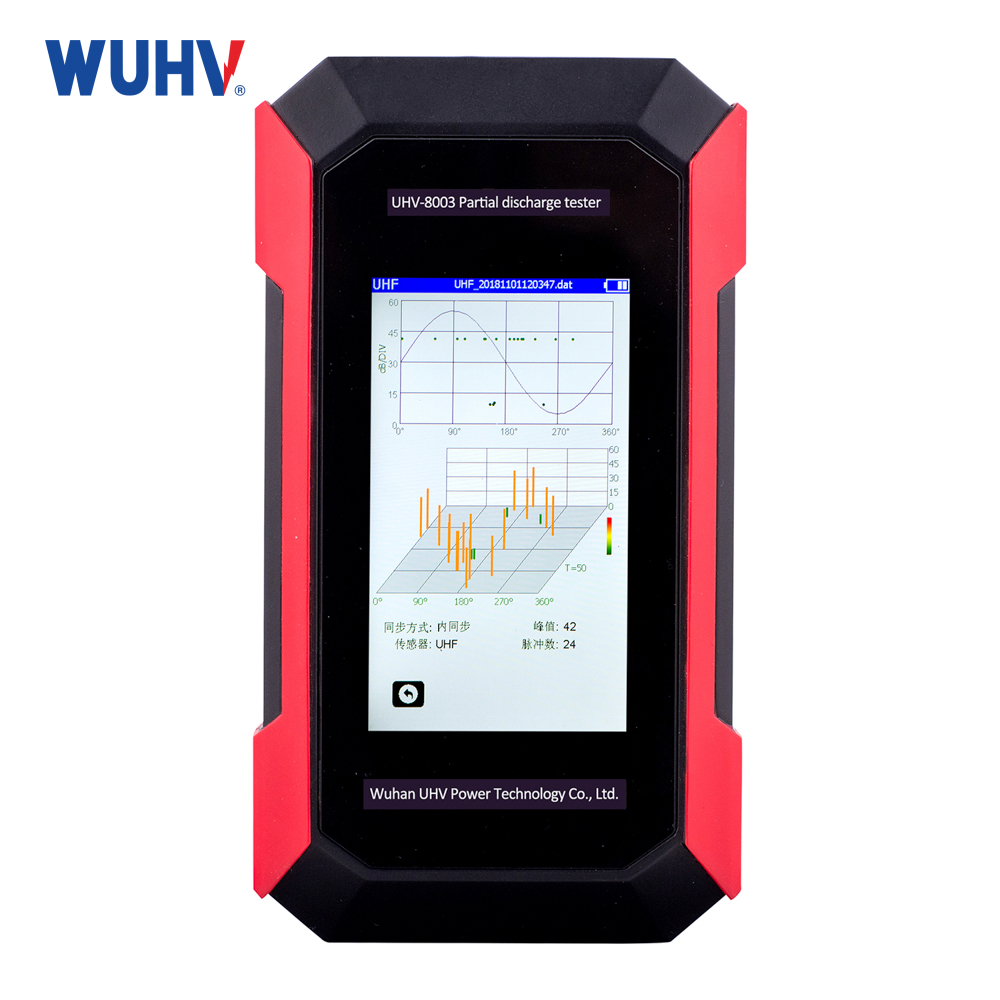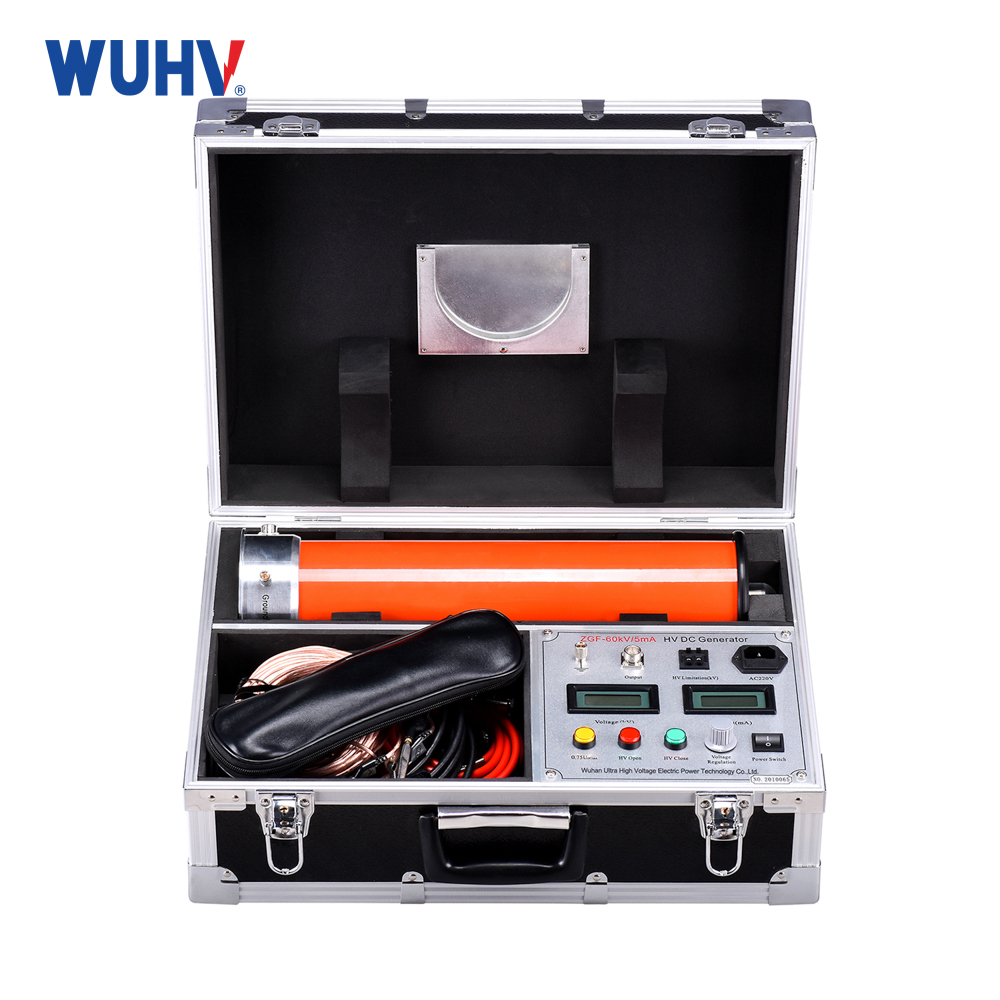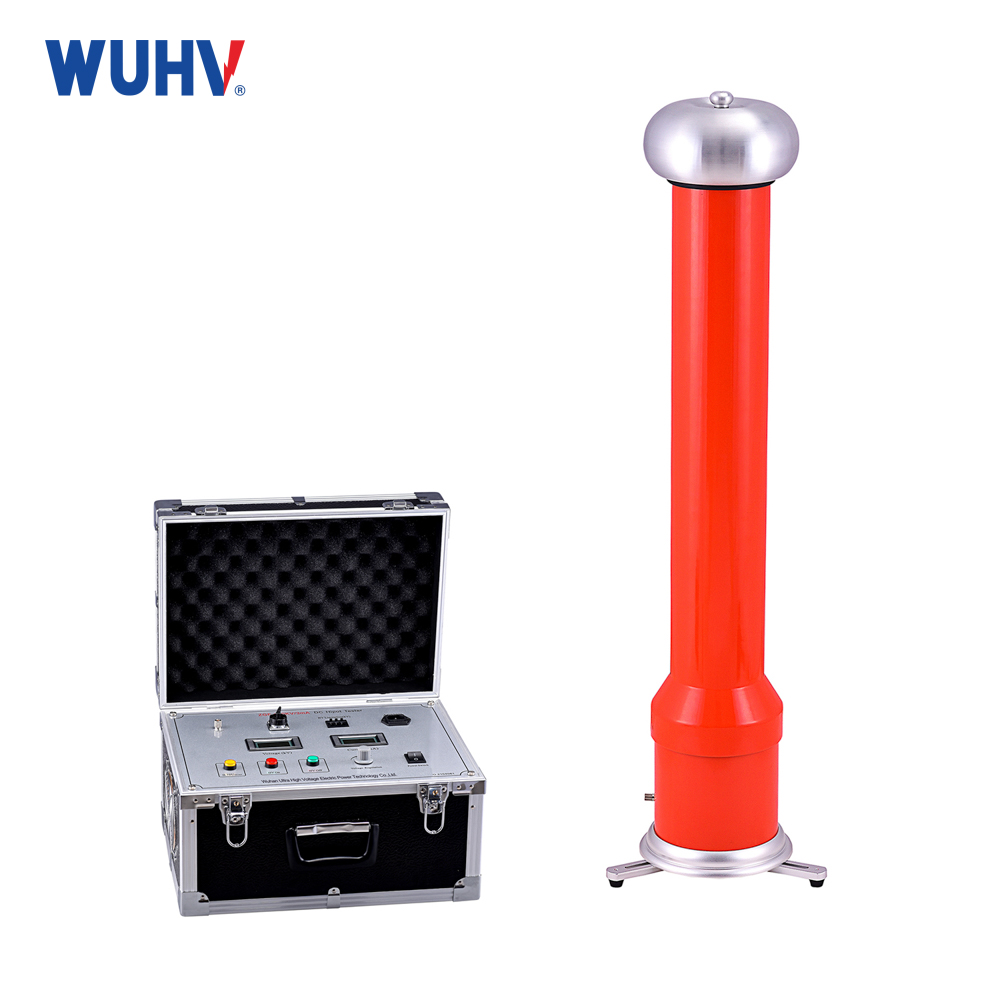Measures to prevent resonance overvoltage? Wuhan UHV specializes in producingseries resonant devices, with a wide range of product selection and professional electrical testing. When looking forseries resonant devices, choose Wuhan UHV.
Measures to prevent resonance overvoltage
When the system resonates, under the action of resonance voltage and power frequency voltage, the magnetic density of the PT iron core quickly saturates, and the excitation current increases rapidly, which can cause serious overheating and damage to the PT winding (all PTs in the same system are threatened), and even cause bus faults and large-scale power outages. Therefore, how to quickly eliminate resonance when it occurs is the key to ensuring the safe operation of the equipment.
1、 Classification of Resonance and Analysis of Resonance Phenomenon
The resonance of a 6kV neutral ungrounded system can be divided into three types: fundamental resonance, high-frequency resonance, and frequency division resonance. Resonance is generally generated by grounding and excitation. According to operating experience, fundamental resonance is prone to occur when suddenly charging an empty bus with only a voltage transformer; When single-phase grounding occurs, it is easy to generate frequency division resonance, especially when the single-phase grounding suddenly disappears (such as pulling a circuit), it is easy to excite resonance. When resonance occurs, the phase to phase voltage remains unchanged, and the voltage mutual inductance triangle will produce a resonance frequency voltage. The central signal will report a "system single-phase grounding" signal. If the voltage change is not carefully analyzed, it will be mistaken for a system single-phase grounding fault. For substations without arc suppression coils, it is more important to quickly eliminate resonance. Below are three resonance phenomena analyzed one by one:
1. Fundamental resonance: When fundamental resonance occurs, there are two phenomena of relative ground voltage: 1) One phase voltage drops (not zero), and the two phase voltages rise above the line voltage or the top of the voltmeter; 2) Two phase voltage drops (not to zero), one phase voltage rises or the voltmeter is on top of the meter; The overvoltage relative to ground voltage is less than or equal to 3 times the phase voltage;
2. High frequency resonance: When high-frequency resonance occurs, the overvoltage relative to the ground voltage is less than or equal to 4 times the phase voltage, and the three-phase to ground voltage rises together, far exceeding the line voltage or the top meter of the voltmeter.
3. Frequency division resonance: When frequency division resonance occurs, the three-phase to ground voltage rises alternately or simultaneously in phase sequence, and oscillates at low frequencies between (1.2-1.4) times the phase voltage, approximately once per second.
The resonance phenomenon mentioned above can be summarized as follows:
Phenomenon judgment
Send bus grounding signal (open triangle with zero sequence output)
One phase to ground voltage exceeds the line voltage, and two phases to ground voltage exceeds the line voltage.
Fundamental resonance: The three-phase relative ground voltage exceeds the line voltage.
High frequency resonance: The three-phase to ground voltage rises alternately, but not exceeding the line voltage. The three-phase to ground voltage rises simultaneously, but not exceeding the line voltage frequency division resonance.
2、 Handling of resonance occurrence
For our current 6kV ungrounded system, the main methods are to activate the arc suppression coil and change the operating parameters. Generally, activating the arc suppression coil can eliminate resonance. For fundamental and high-frequency resonance, as long as the harmonic eliminator operates reliably, resonance can also be eliminated. However, for frequency division resonance, which has zero sequence properties, the harmonic eliminator cannot eliminate resonance. Switching three-phase symmetrical loads does not work. For systems without arc suppression coils, the following methods can be used according to the actual situation:
1. Processing of fundamental or high-frequency resonance:
1) When there is a running capacitor, cut off the running capacitor; When no capacitors are running, put in a set of capacitors;
2) When the above measures cannot eliminate harmonics, cut off all capacitors of the busbar and apply to the dispatch to cut off some feeders, preferably by cutting the long line first.
2. Handling of Frequency Division Resonance:
1) Remove all capacitors from the busbar;
2) When resonance cannot be eliminated, apply to the dispatch to cut off the line on the busbar until resonance is eliminated;
3) If resonance cannot be eliminated even after all lines are cut off, apply to the dispatcher to cut off the transformer switch and cut off the power to the busbar;
4) Restore power supply to the busbar and lines.


